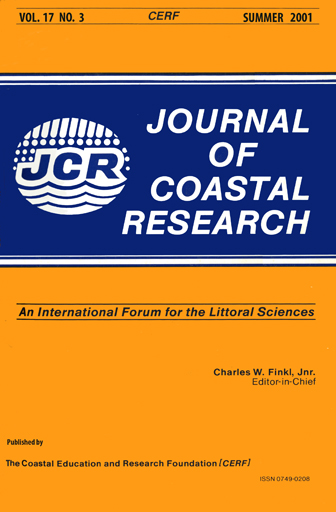Iron-Stained Quartz as Record of Recent Reworking of Older Sediment by Natural and Anthropogenic Processes, Rio Grande Delta, Texas
Keywords:
Cores, dams, Holocene, depositional environments, human activity, irrigation, navigation, Pleistocene, population growth, sediment cut-off, water shortage.Abstract
The iron-coated quartz grain record in the Rio Grande deltaic plain in southern Texas, determined from petrologic study of surface and core samples, does not show the distribution pattern typically observed in other deltas. The ironstained grain distribution patterns in this delta are highly irregular in both time and space, and do not display low proportions (<10%) of coated grains in surficial and Holocene subsurface deltaic sections versus distinctly higher proportions (to over >20%) of stained grains in underlying Pleistocene alluvial strata. Intermediate (> 10%) to large (>20%) amounts of partially plus fully coated quartz particles are measured in most surficial samples of 10 sampled deltaic depositional environments and in Holocene core sections. This is a result of (1) pre-dam fluvial transport of older, iron-stained material from Rio Grande basin areas to the Holocene cover of the delta and its Gulf of Mexico margin, (2) erosion and recent reworking landward of iron-stained sediment from Rio Grande delta terrains now submerged on the inner and mid-shelf, (3) possible in situ formation of iron-coated grains in the lower valley and delta proper, and (4) intensified post-depositional reworking of the deltaic plain and upper Holocene sections by human activity during the past century. We suggest that anthropogenic activity has now replaced natural processes, especially fluvial transport, as the primary means of mixing older material onto the younger surficial Rio Grande deltaic plain. The delta's present sediment cover is interpreted as a 'palimpsest' comprising admixtures of reworked modern and relict material, particularly in areas where formerly buried sediment continues to be artificially exposed and modified. We anticipate that the proportion of iron-coated grains will remain high at the Rio Grande deltaic surface as human activity continues to replace natural fluvial transport as the dominant process.Downloads
Published
2001-07-27
Issue
Section
Articles


